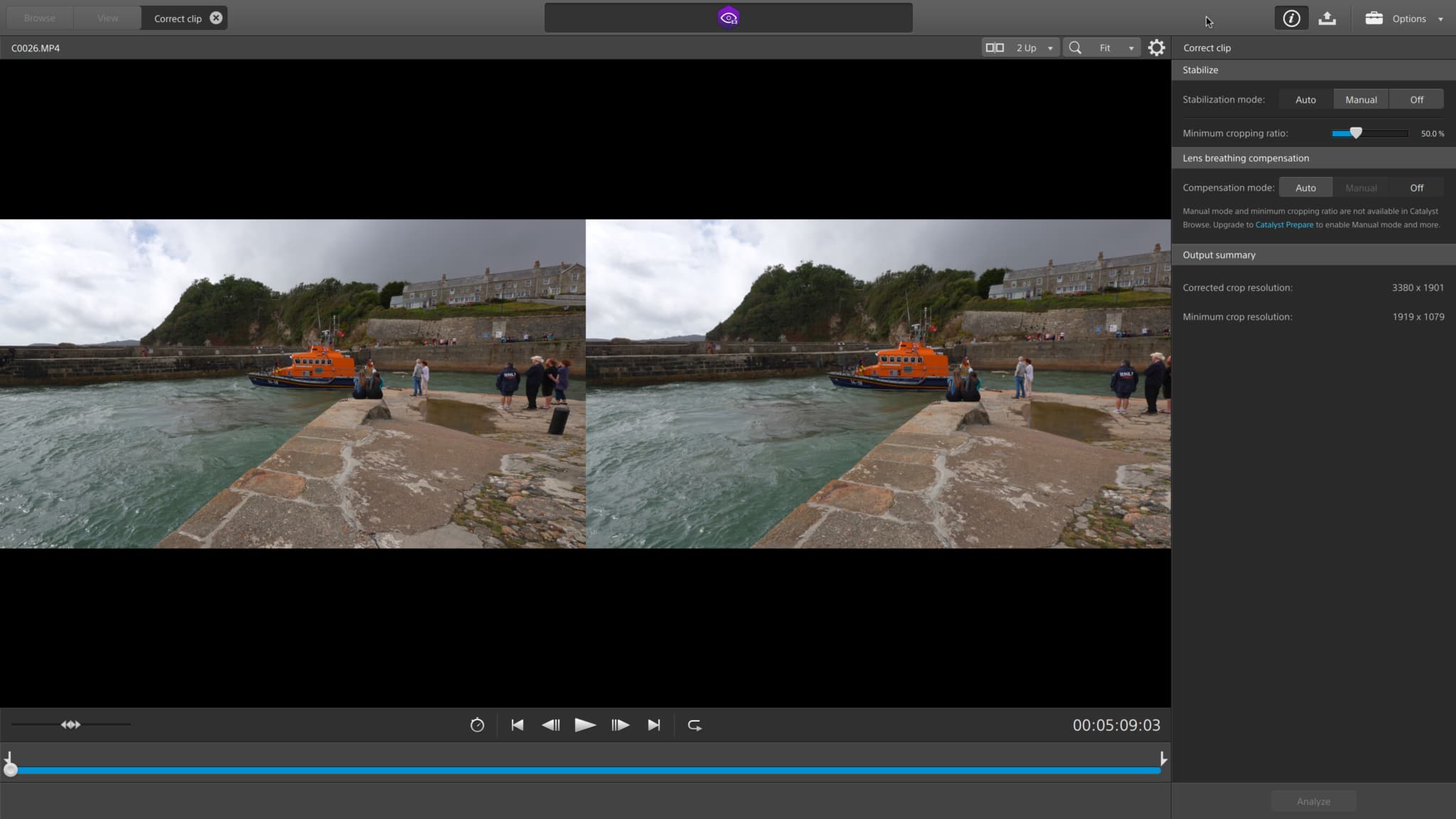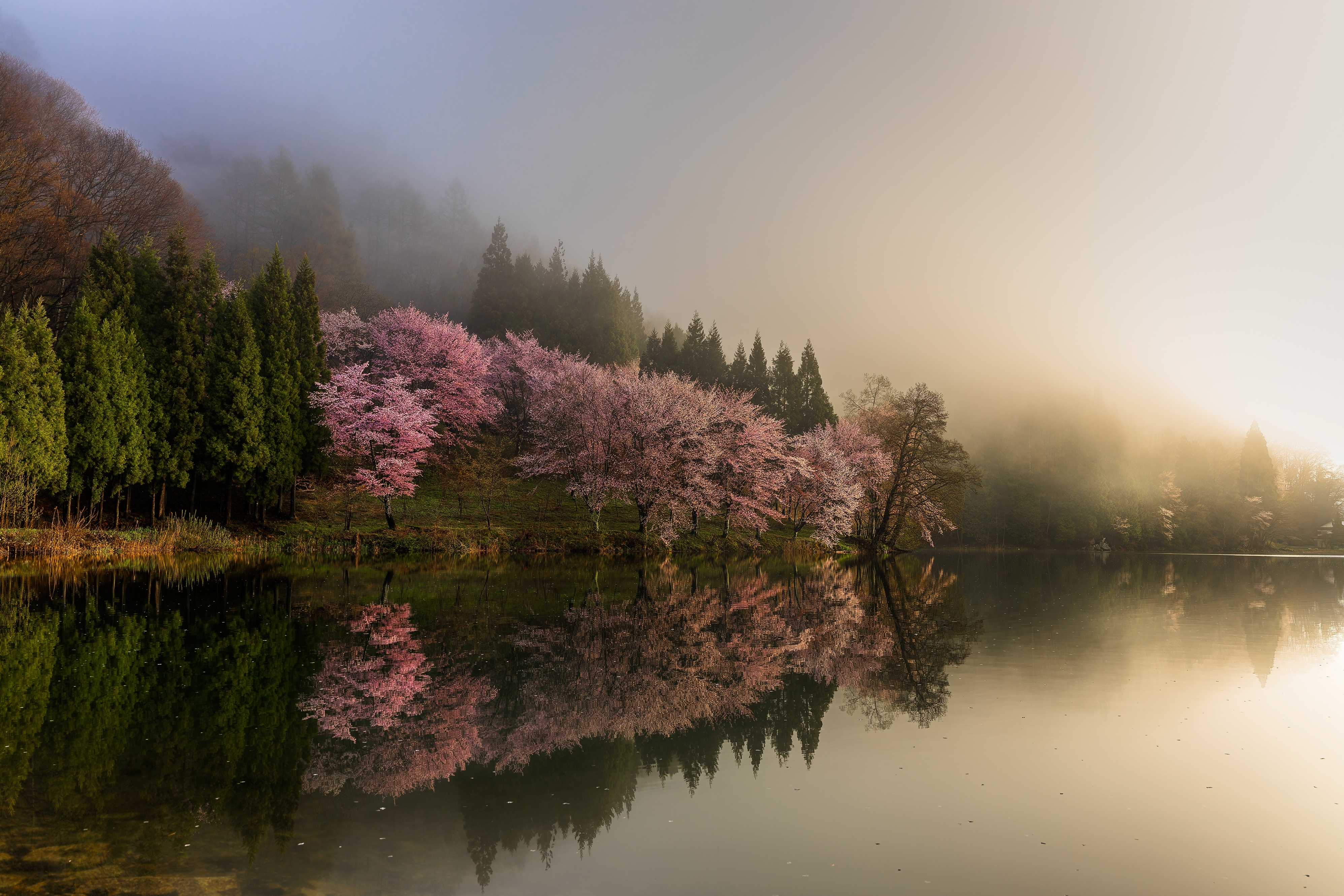The Sony FX30’s gyro stabilization is one of its best features... and its most irksome
The Sony FX30 embeds gryo stabilization data in video for pretty spectacular stabilization when editing. Kind of

The idea makes a lot of sense. The Sony FX30 has gyro sensors that embed camera movement data in the recorded video. Never mind IBIS, never mind real-time digital stabilization, this is data you can use later in your editing software to steady up shaky footage with spectacular success.
We’ve tried gyro stabilization with the Sony ZV-E10 and with the Sony FX30. It’s actually pretty spectacular. It’s not perfect, but it’s WAY better than Sony’s pretty feeble IBIS (anyone going to disagree?).
But there are some issues.
We have no problem with its effectiveness. You only have to try it out to see how good it is. The problems lie with the altered workflow (obvious), the crop factor (annoying) and the upsampling needed to keep the output at 4K (only apparent if you care to examine what’s going on).
Problem 1: the workflow
Currently, you can use Sony’s free Catalyst Browse software to de-shake your footage for single clips or batches. It works fine, but it’s an extra step in your workflow, and it’s not quick. Video editors may be resigned to render times on export, but here there’s some additional rendering to be done to get shake-free clips at the start of the workflow. Hmm.
Problem 2: the crop factor
Yes, with any digital stabilization, there is always a crop factor. An acceptable compromise, you might think, and so it probably is. But it makes it a lot harder to frame your clips when you don’t know exactly how much you (or the software) will need to crop it later. Sony didn’t invent this problem. Any clip stabilization will crop your video. However, if it’s going to be a big part of a Sony’s pitch, it does need calling out.
Problem 3: the upsampling
What upsampling (we hear you ask)? Well, when we apply Sony’s gyro DIS to a 4K UHD file from the FX30, we get a 4K output file. That’s fine, because the last thing any of use need is mixed resolutions in our editing timelines. Except that if Catalyst Browse crops a 4K UHD clip yet still produces a 4K UHD output file, that means it’s upsampling, right? Is there another explanation? We don’t think so.
The best camera deals, reviews, product advice, and unmissable photography news, direct to your inbox!
Within Catalyst Browse, the cropped resolution is displayed, but when you export a stabilized clip for your video editor, it defaults to 4K.
Oversampling 4K video down from 6K data sounds great, but if it’s then cropped and upsampled back to 4K when you use gyro stabilization in post production, that sounds a lot less appealing.
And just to be clear, our time with the FX30 has shown us that the IBIS doesn’t count for much and if you aim to shoot handheld, then Sony’s gyro stabilization is pretty much essential.
So what’s our point?
Sony’s gyro stabilization is just about the best digital stabilization we’ve seen. But, like all DIS, it crops into your video to give itself room for repositioning, frame by frame. As if that’s not bad enough, it then upsamples the cropped video back to 4K and hence undoes (surely?) a lot of the good work done by oversampling 6K capture in the first place.
Our advice? Use a tripod, use a monopod, use a gimbal. All three will give you the video quality you hoped to get. Digital stabilization, notably Sony’s gyro DIS, can LOOK equally effective, but for all the reasons we’ve outlined above, it’s really not the same thing at all.
Perhaps an interim solution would be a 'gyro' display mode, where the screen crops in by 1.2x (say) for shooting/framing, but the camera still records uncropped?
Read more:
• Best cinema cameras
• Best cameras for filmmaking
• Best cameras for vlogging
• Best Sony cameras

Rod is an independent photography journalist and editor, and a long-standing Digital Camera World contributor, having previously worked as DCW's Group Reviews editor. Before that he has been technique editor on N-Photo, Head of Testing for the photography division and Camera Channel editor on TechRadar, as well as contributing to many other publications. He has been writing about photography technique, photo editing and digital cameras since they first appeared, and before that began his career writing about film photography. He has used and reviewed practically every interchangeable lens camera launched in the past 20 years, from entry-level DSLRs to medium format cameras, together with lenses, tripods, gimbals, light meters, camera bags and more. Rod has his own camera gear blog at fotovolo.com but also writes about photo-editing applications and techniques at lifeafterphotoshop.com


